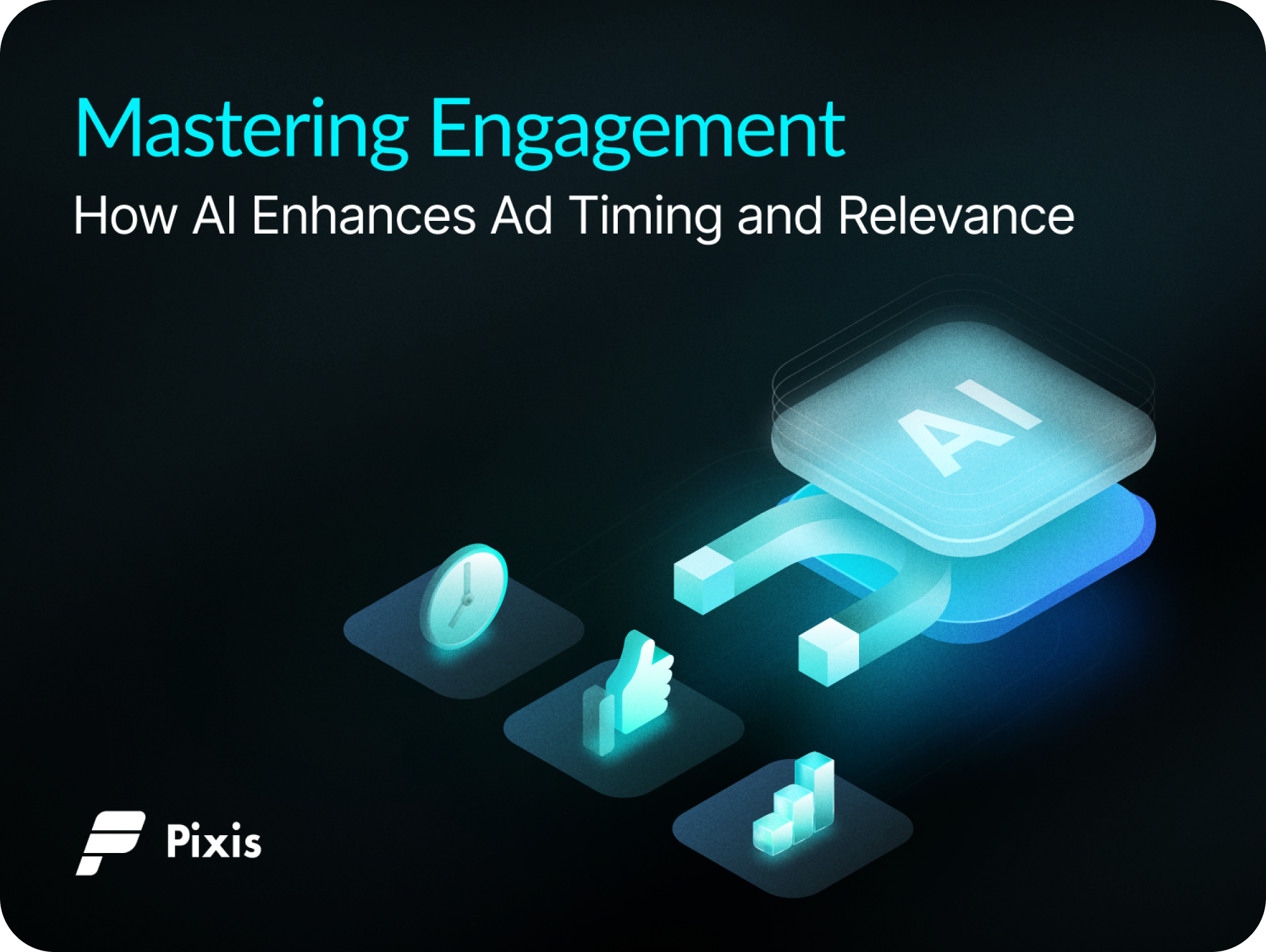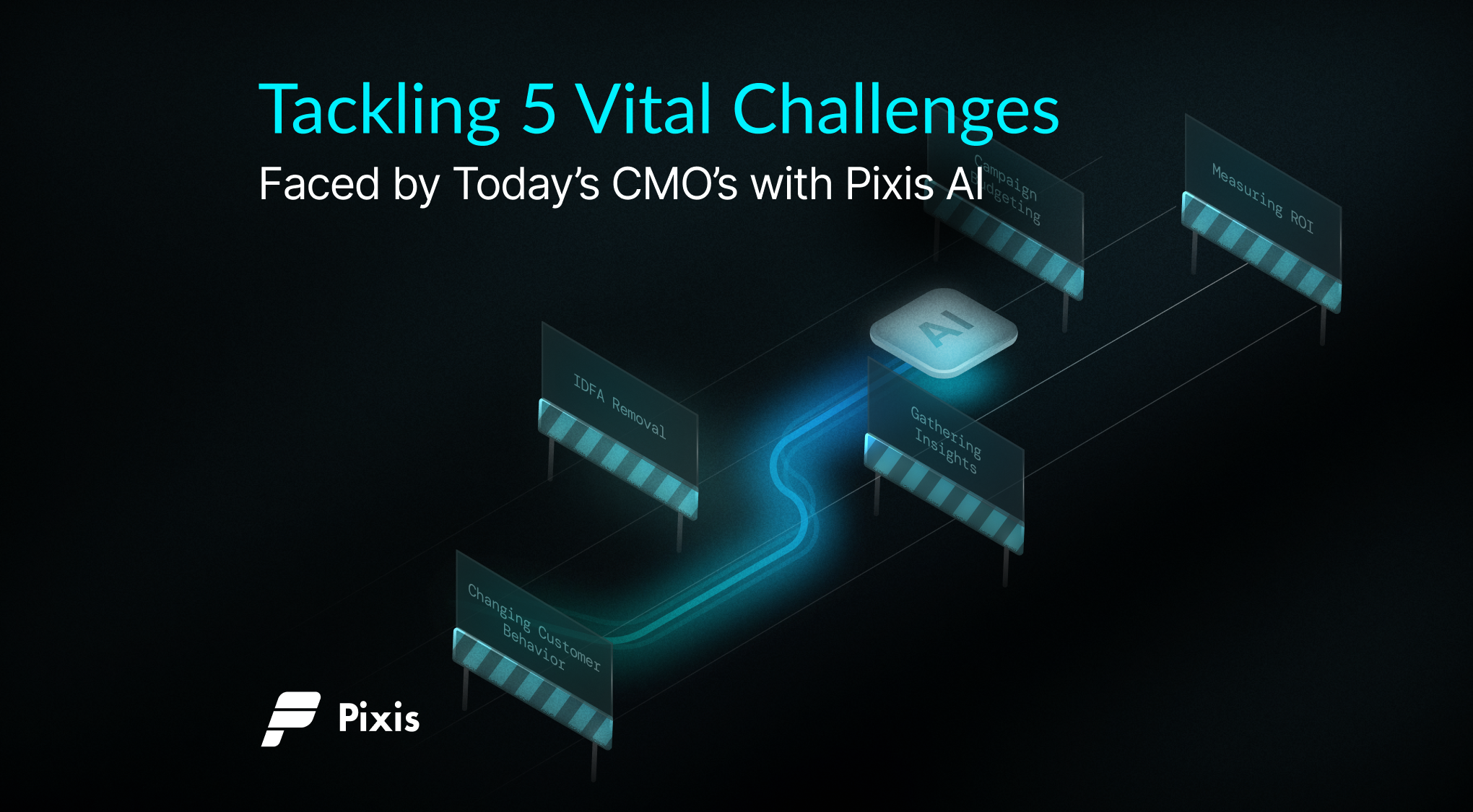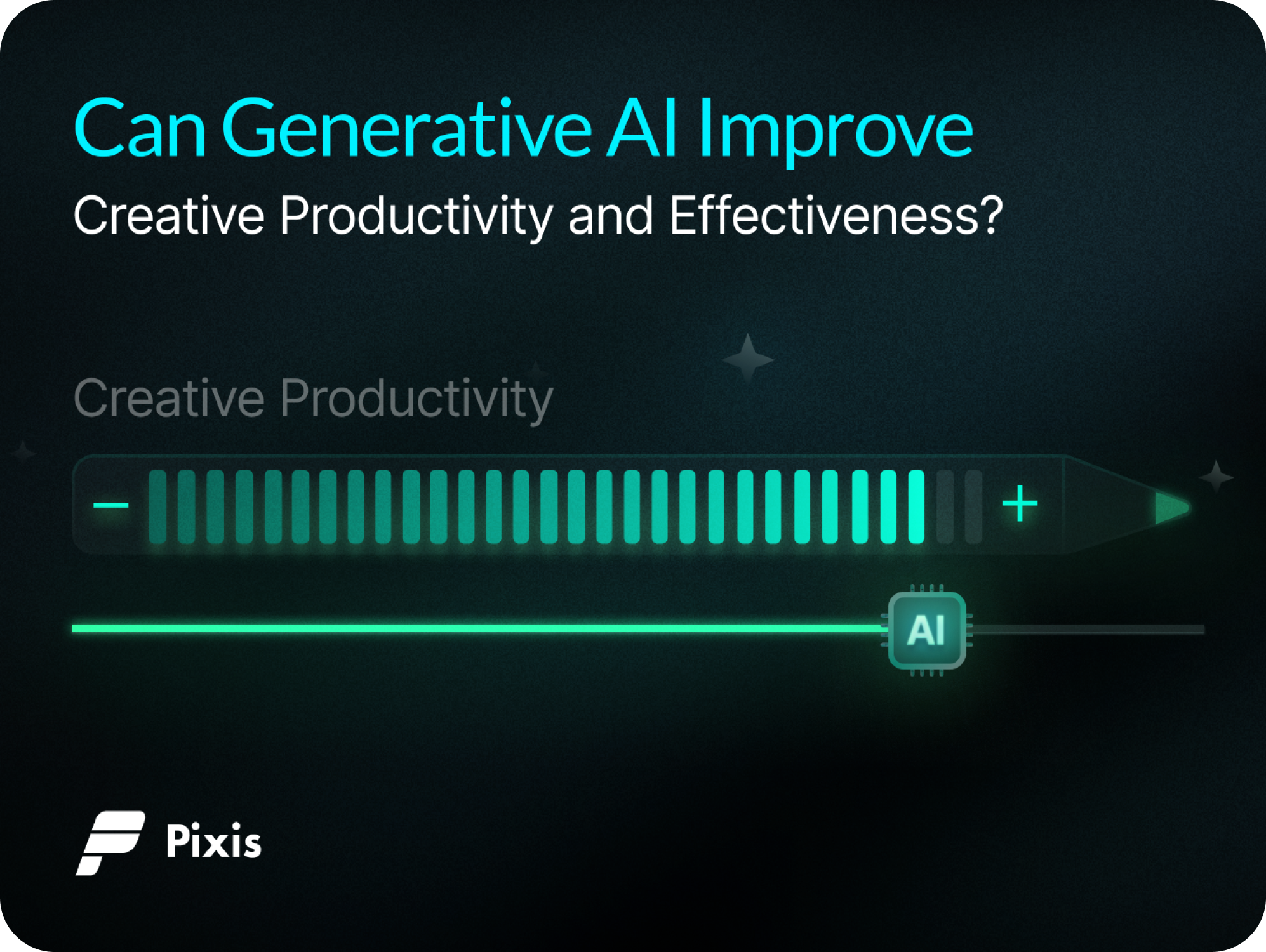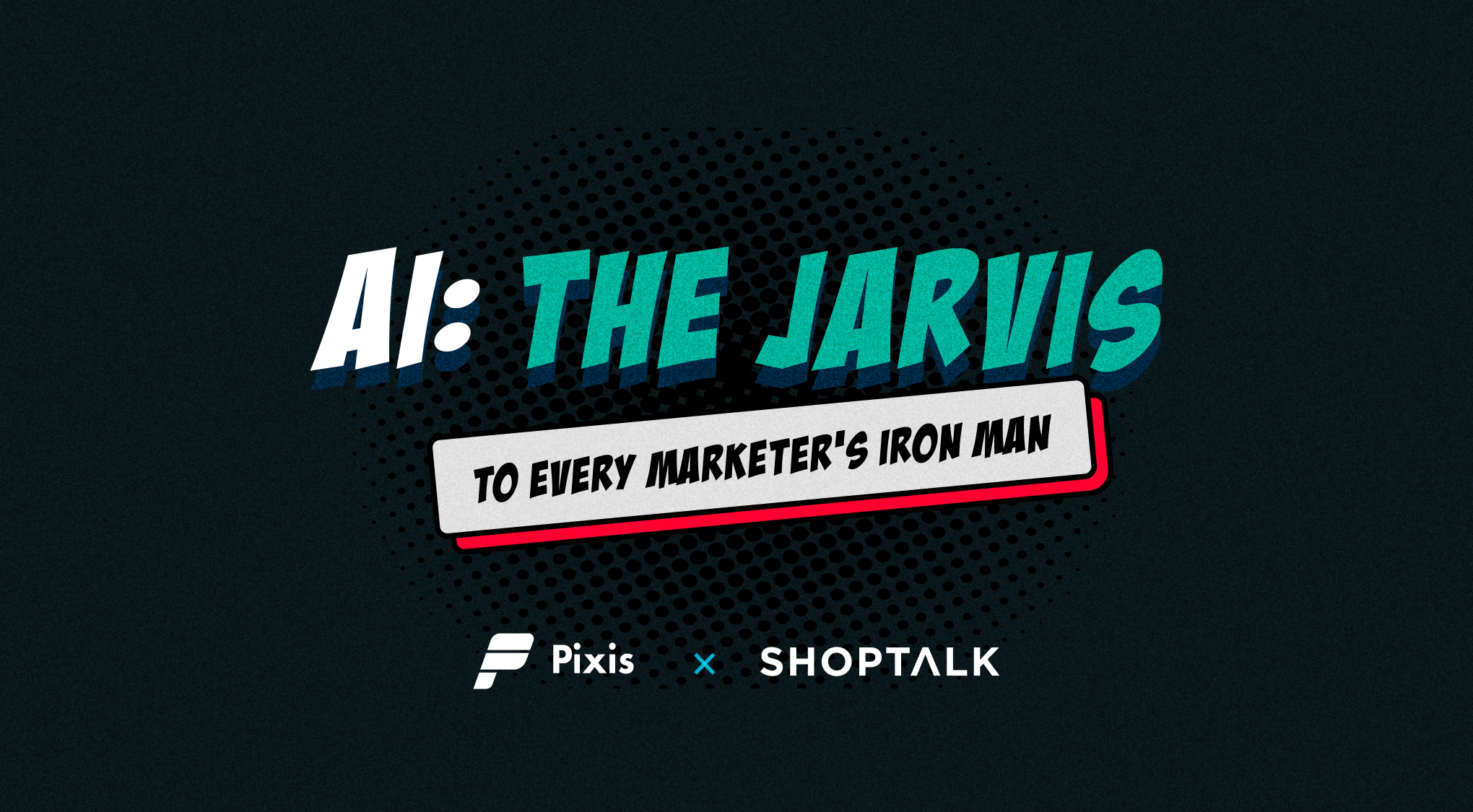How Marketers Can Adapt to the Extended Cookie Phase-Out
Exploring the limbo of third-party cookie phase-out amidst an unstable economy & marketing ecosystem.
Google has delayed its plan to phase out third-party tracking cookies in its Chrome browser until 2024 – or later. The uncertainty surrounding the future of third-party cookies has pushed attribution-based and personalization strategies into limbo, where marketers and advertisers are grappling with difficult questions about the next course of action.
Marketers have questions that need answers and difficult choices that need to be made, such as:
a. Do they continue using cookies like usual, risk potential privacy concerns and brace themselves for a sudden shift in the future? Or, do they wait until Google’s alternative is implemented, and adjust their strategies in the coming year? [This option comes with its own set of risks and uncertainties, as it is unclear what Google’s alternative will look like, how effective it will be, and what infrastructure would be required to implement this].
b. Should they invest in in-house first-party data capabilities? This approach is expensive, intense, and time-consuming. However, given the uncertainty, there are organizations that invest a lot of effort in it. Now, that the phase-out has been delayed again, do marketers continue building this massive infrastructure? Or, do they hold off and save the already shrinking marketing budgets in face of market slowdown?
Marketers are searching for a sustainable privacy-compliant alternative that will enable them to continue tracking and personalizing effectively while also respecting users’ privacy.
Phasing Out of Cookies
For more than two decades now, marketers worldwide have relied on third-party cookies. These tiny text files, stored by your browser as you surf through different websites, were used to discern consumer behavior, and power digital marketing efforts.
The numbers speak for themselves.
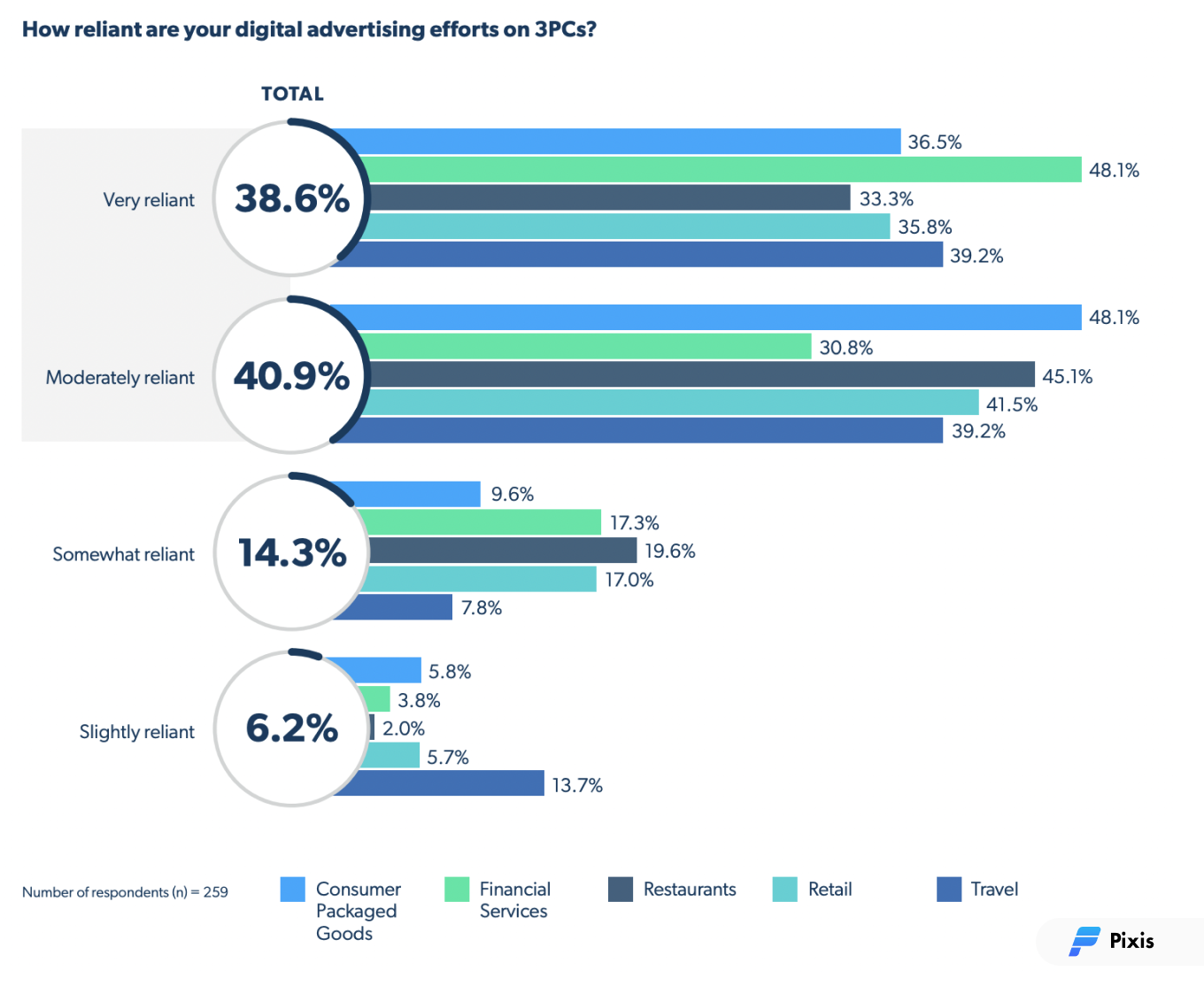
But everything changed in 2020.
Google (in a blog post on Jan. 14) announced (to an absolutely unsuspecting marketing world) that it intends to remove third-party cookies from Chrome by 2022 and replace it with Privacy Sandbox. This announcement was soon followed by Apple’s disablement of third-party cookies from Safari, and its decision to limit the usage of mobile device IDs, known as Identifier for Advertisers (IDFA), in iOS apps.
The way marketers, marketing agencies, and the publishing media target, pace, measure, and personalize their campaigns was about to change forever.
But, what was driving these seismic shifts?
Privacy versus Personalization
“Users are demanding greater privacy — including transparency, choice, and control over how their data is used —and it’s clear that the web ecosystem needs to evolve to meet these increasing demands. Technology that publishers and advertisers use to make advertising more relevant to people is now being used far beyond its original design intent – to a point where some data practices don’t match up to user expectations for privacy.”
Justin Schuh
Director, Chrome Engineering
Debates about privacy, utilization of consumer data, consent, and the ethics of cookies were on the rise. And, the implementation of data and user privacy protection laws, over the years such as the General Data Protection Regulation (GDPR) in the European Union and the California Consumer Privacy Act (CCPA) in the United States was a direct result.
Google’s cookie-phaseout project is a mammoth task, and ecosystem changes of this scope take a lot of time. Google has an unwieldy task ahead of it.
If you have been following this cookie phaseout closely over the years, you would know that Google is investing a lot of thought, debate, and attention into developing its promised new standards of advanced privacy. All in an endeavor to provide adequate alternatives that could facilitate relevant ad delivery, while being more consistent with users’ expectations of privacy. Here is a look at Google’s efforts so far [The Privacy Sandbox Timeline for the Web, updated Feb 2023]. The timeline presents various proposals in the pipeline at various stages of the development process and is updated monthly.
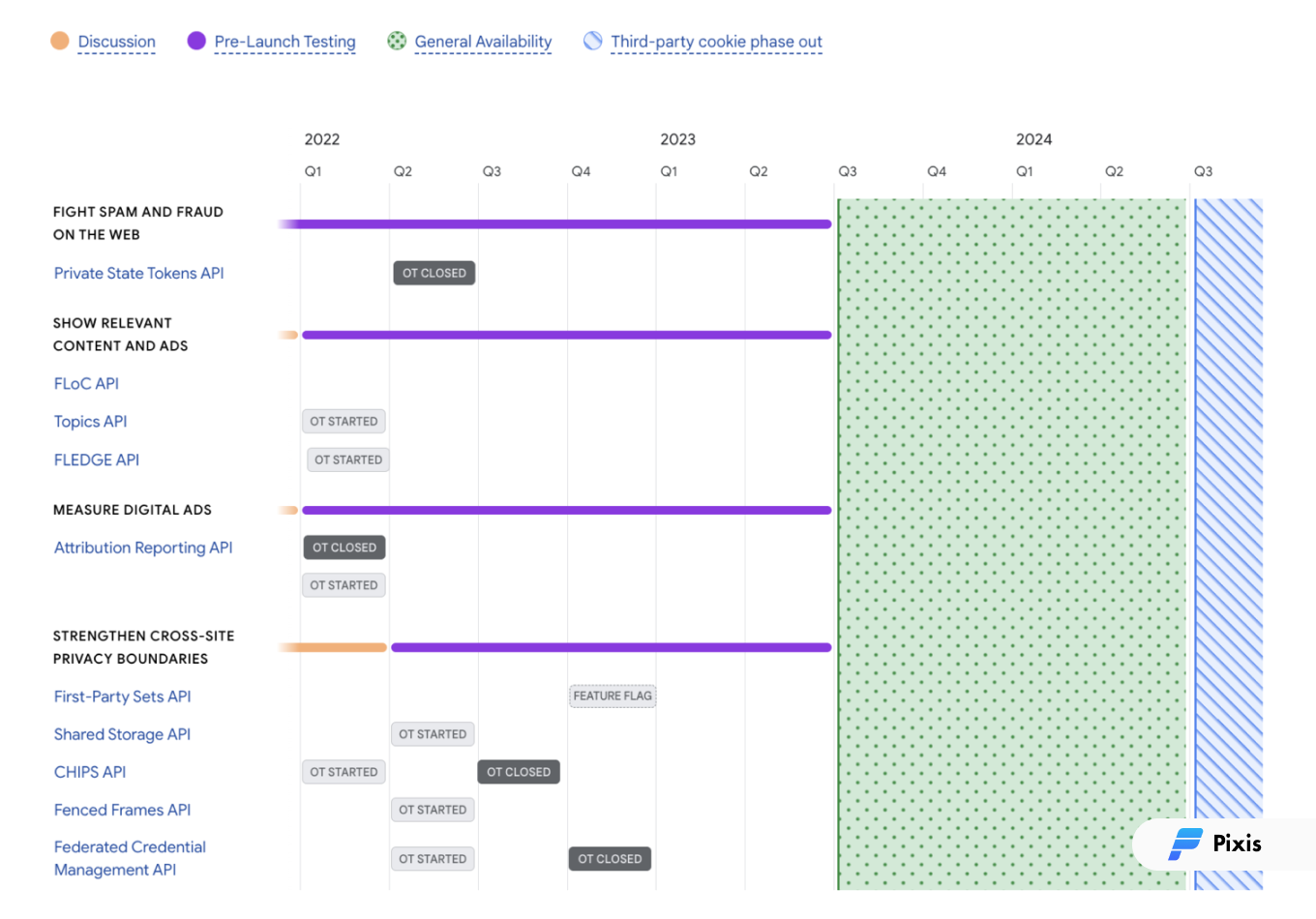
Google’s Cookie-Alternative Topics is under Trial, after FLoC!
Over the years, Google has developed many intriguing alternatives to its third-party tracking cookies. Some of them are CHIPS (Cookies Having Independent Partitioned State), FLoC (the development stopped in 2021), and the very latest Topics.
As per Google, Topics will enable user browsers to only infer a handful of recognizable, interest-based categories based on a user’s recent browsing history to serve relevant ads. However, this latest cookie-replacement innovation – Topics – is now under fire from a division of the World Wide Web Consortium (W3C) TAG which is responsible for building consensus around principles for web architecture.
“The proposed API appears to maintain the status quo of inappropriate surveillance on the web, and we do not want to see it proceed further.”
W3C’s Technical Architecture Group
Google’s next steps, after these concerns about Topics were raised, are unclear. However, what’s remained constant amidst all this continuous back and forth of “cookies – no cookies – if not cookies, then what”, is the mounting uncertainties for marketers. Apart from dealing with fast-evolving consumer behavior, constantly changing ad platforms, market saturation, and competition, marketers now had to reckon with targeting and ad personalization inefficiencies.
It’s now clear that a paradigm shift in how you approach marketing and demand generation is underway. But before we talk about solving the cookie conundrum, let’s take a quick look at everything that hinges on cookies at the moment.
Marketers and Cookie-Dependency
Cookies have been at the forefront of your core marketing endeavors for almost two decades now.
Audience Targeting
Cookies or third-party data are used to identify relevant new leads, create high-intent retargeting audience segments, and leverage lookalike audiences to expand the audience pool.
Performance Attribution
Third-party tracking cookies or device identifiers are the backbones of a traditional performance attribution ecosystem that monitors and evaluates user behavior to pinpoint the channel, ad, or communication that resulted in a purchase. This helps you comprehend the effectiveness of your campaign messaging, the ideal communication approach and timing, and the preferred channels of your audience throughout their buying journey. Ultimately, cookies play a major role in budget and media spending decision-making.
Contextual Communication
Cookies are used to gather user insights and behavior across different channels to enable personalized communication (content and creative delivery) and seamless user experience.
Essentially, cookies enabled you to convert quicker and better, but, how will you cope with the big reset? And, while the world busies itself with solving the biggest riddle of all time (well, at least of the marketing era): Privacy vs Personalisation, the question that begs an immediate answer is – how do you – marketers, marketing agencies, and media outlets go about hitting your ROAS targets?
These are critical blocks of the demand generation landscape, and they seem to be coming undone more rapidly than ever before. So, what can you do on your own while Google does its best to provide us with a solid cookie alternative?
Heralding A Brave New Cookie-less World — with AI
Regardless of when cookies will finally – and permanently – be phased out, weaning yourself (and your team) off cookies is going to be a complex and disconcerting undertaking. It will require an enormous infrastructural and strategic undertaking.
Letting go of the habit of banking on billions of easily accessible data points that cookies delivered to you over the years will be difficult. You will have to learn to handle alternate analytics, optimization tools, and platforms to enable cookie-like marketing.
But, there is a solution that can help you navigate these unchartered waters with ease – Artificial Intelligence.
Learning from our resilient predecessors
Just like how marketers in the 1990s, 2000s, and 2010s accepted the challenges of their eras and adapted to marketing with the help of new technology – Web 1.0 and Web 2.0, you can do the same with privacy-led marketing using Artificial Intelligence (AI).
61% of the companies that have infused AI in at least one aspect of their demand generation pipeline have witnessed at least a 30% average increase in ROAS.
Forbes
The demise of cookies does not have to mean an end or a seemingly unsolvable roadblock to data-driven marketing for you. All you need is a disruptive tech stack that can discover the most effective ways to reach your audiences.
Pixis is a full-stack codeless AI infrastructure that exactly does that.
Book A Demo!
